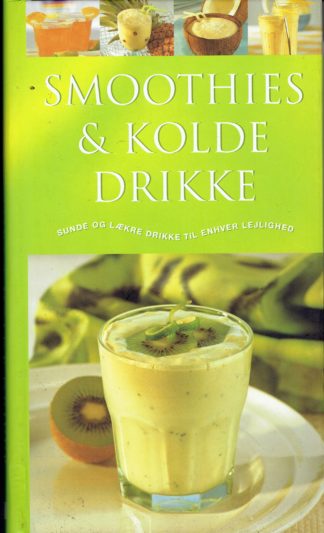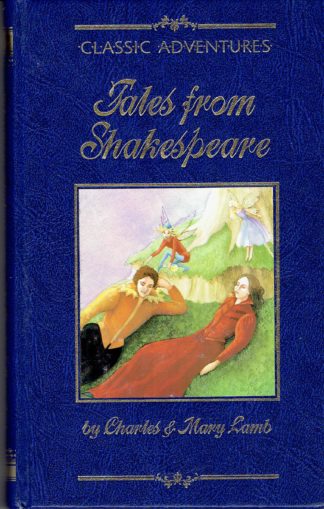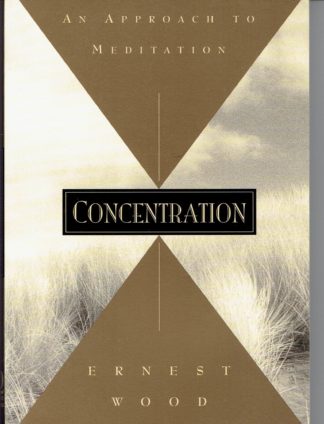Beskrivelse
INDHOLD: Part One 1700-1760. – Scotland and Great Britain. – The Jacobite challenge. – The union and the economy. – Roots and enlightenment. – The parish state. – Part two 1760-1830. – Scotland transformed. – The rural lowlands: The old world and the new. – Urbanization. – The disintegration of clanship. – The old regime and radical protest. – Highlandism and Scottish identity. – Part three 1830-1939. – The world’s workshop. – Politics, power and identity in Victorian Scotland. – The decline and fall of liberal hegemony. – The Scottish city. – Religion and society. – Educating people. The highland and crofting society. – Land, elites and people. – Emigrants. – New Scots. – Scottish women, family, work and politics. – Part foru 1939-2000. – War and peace. – The Cottish question. – A nation reborn? – notes. – Further reading.- Uindbundet. – 695 sider. – Som ny.




